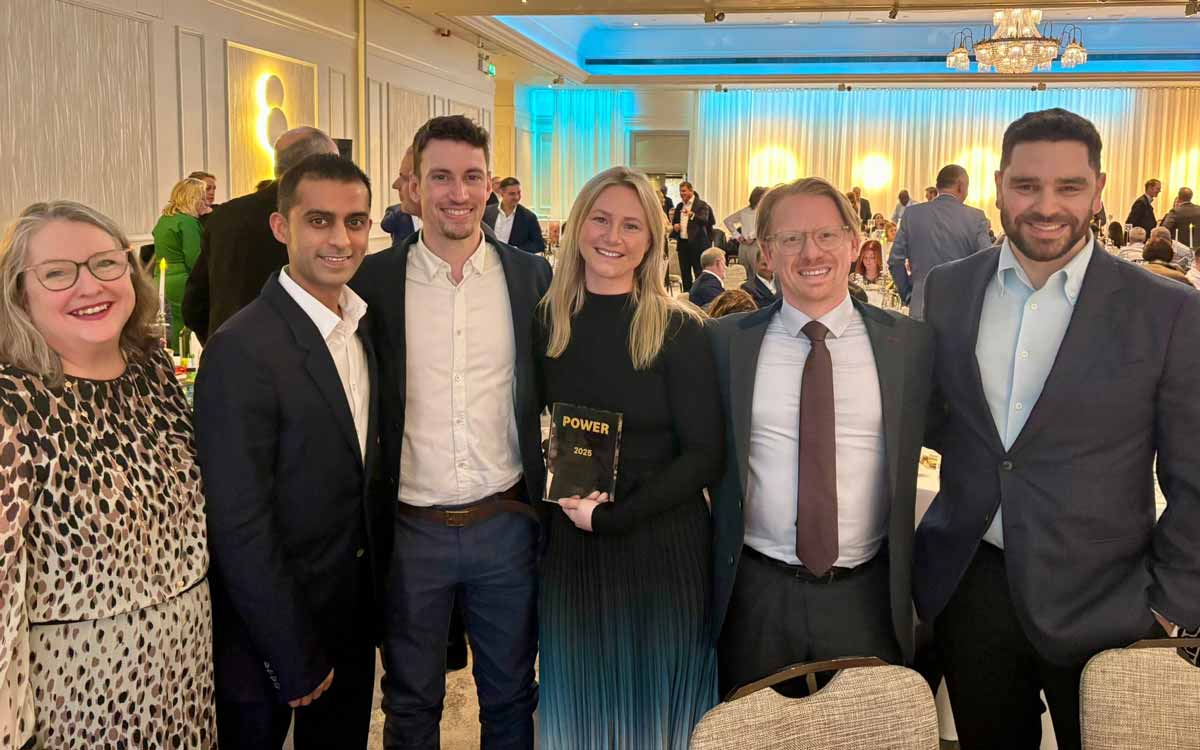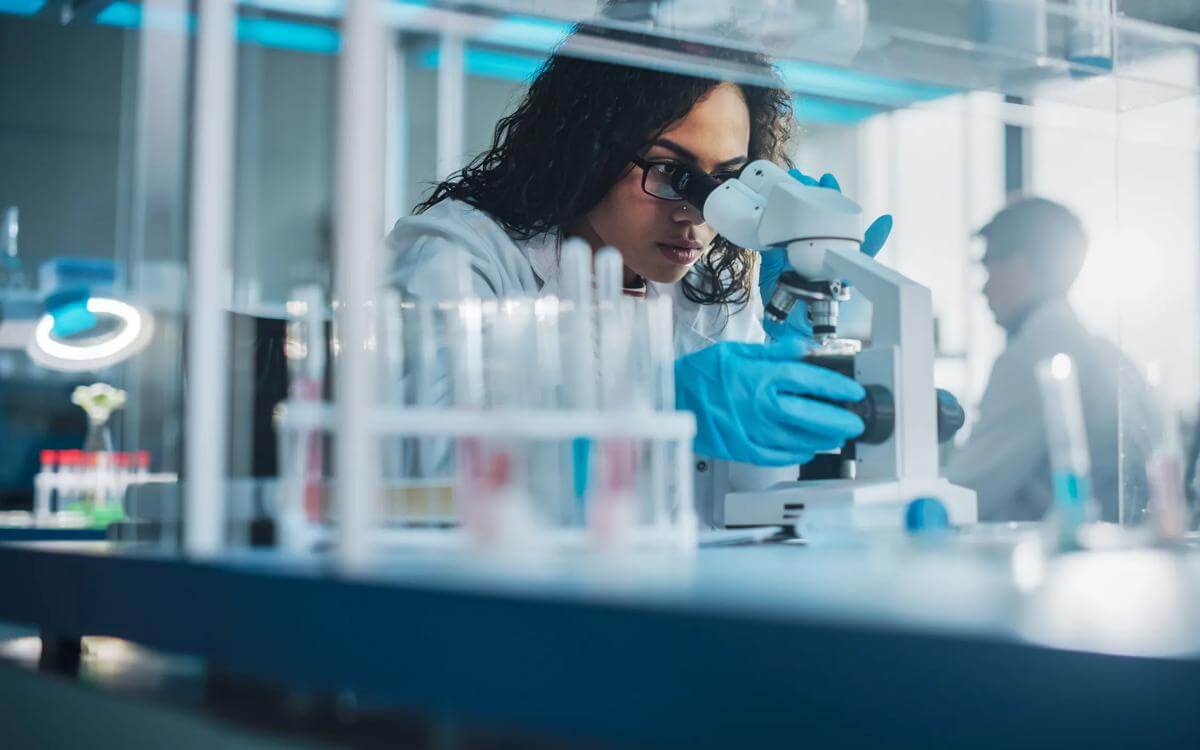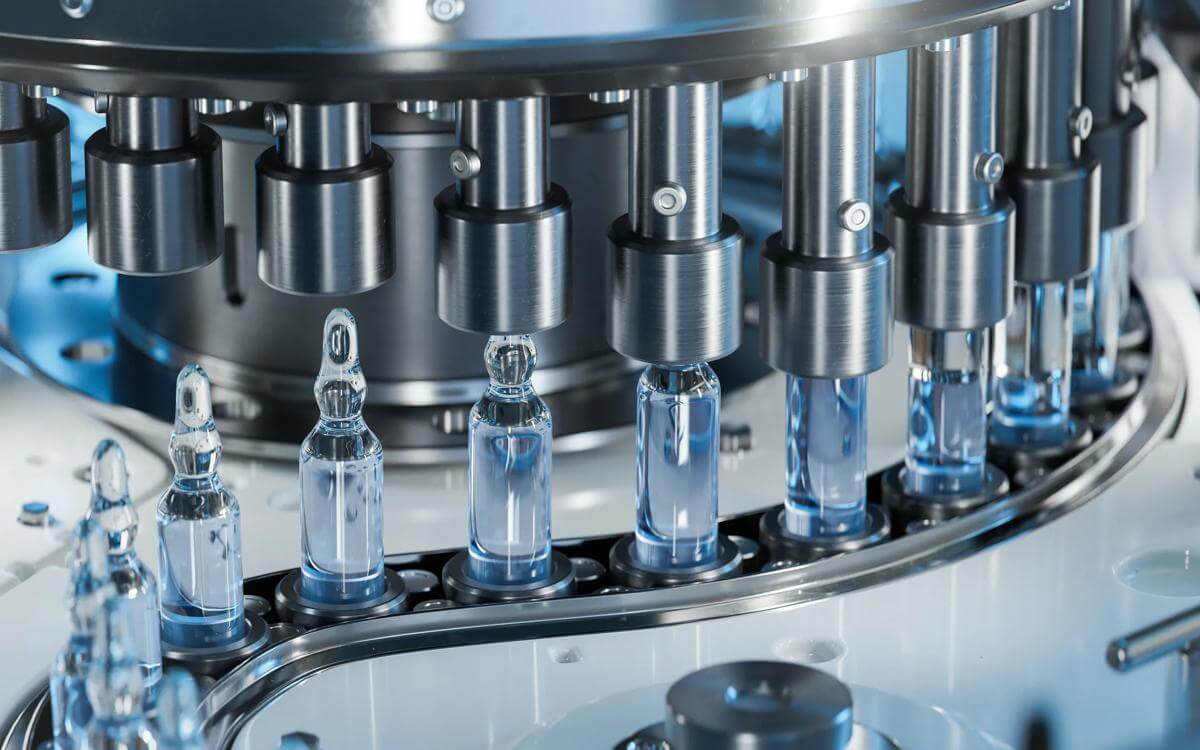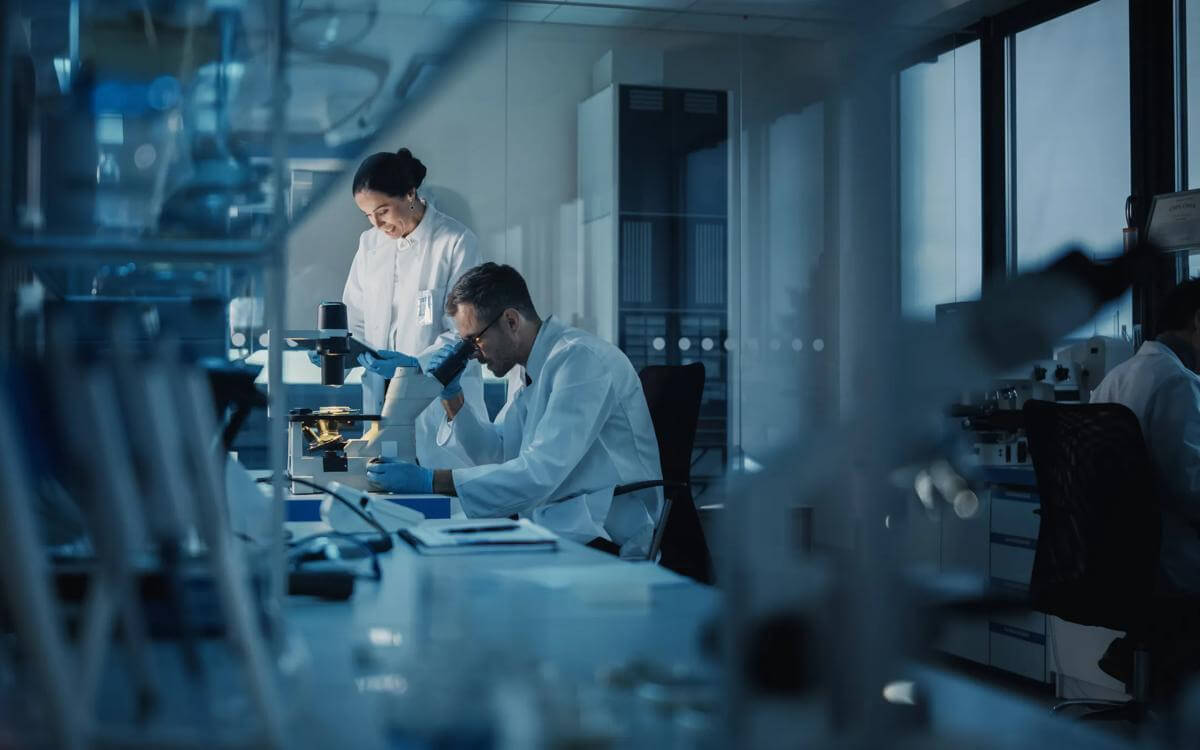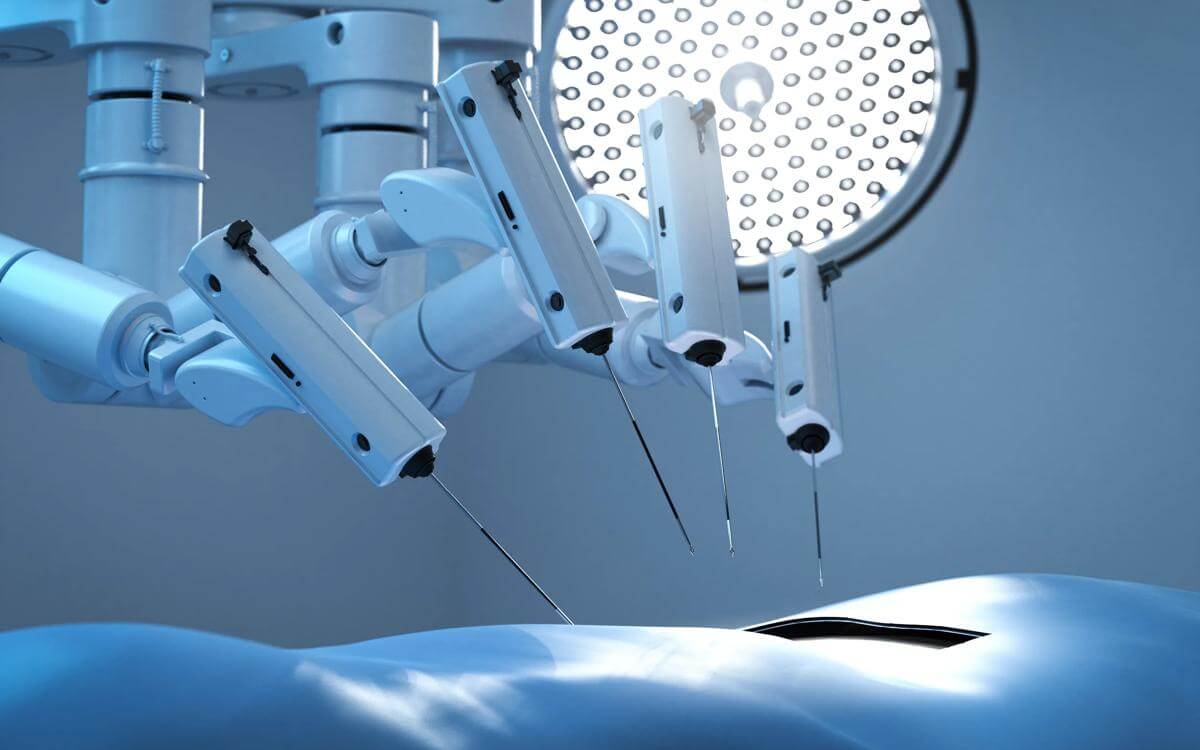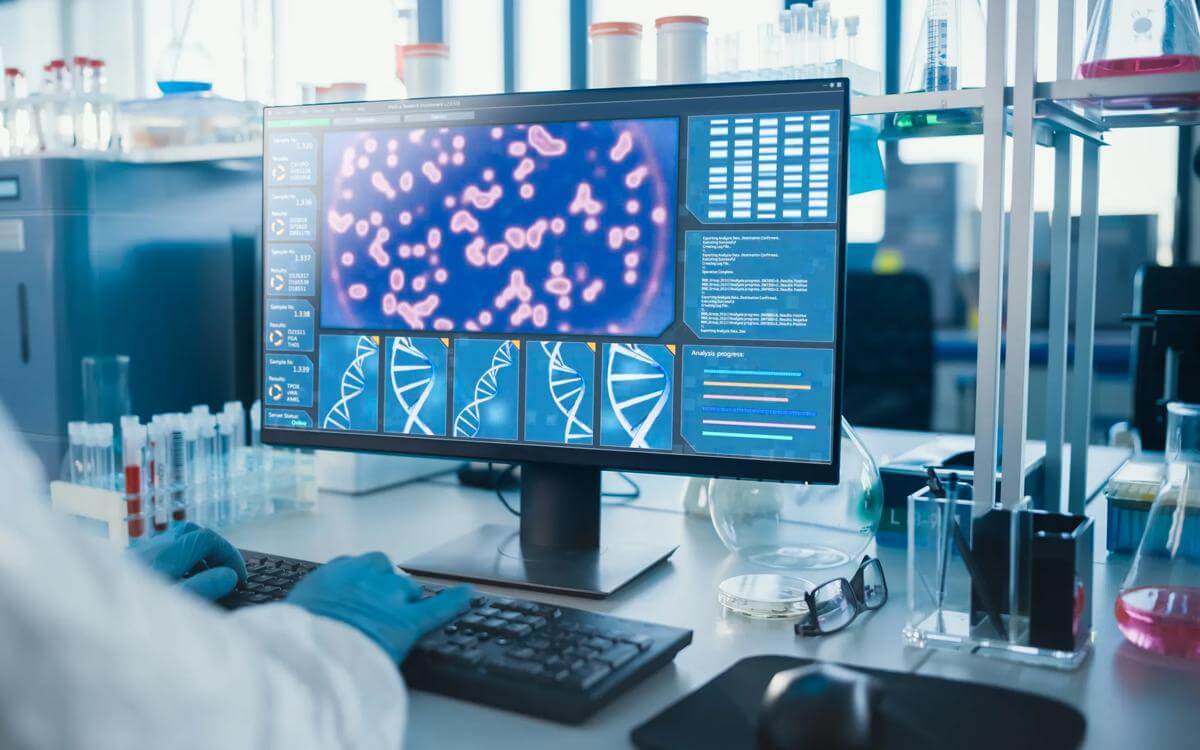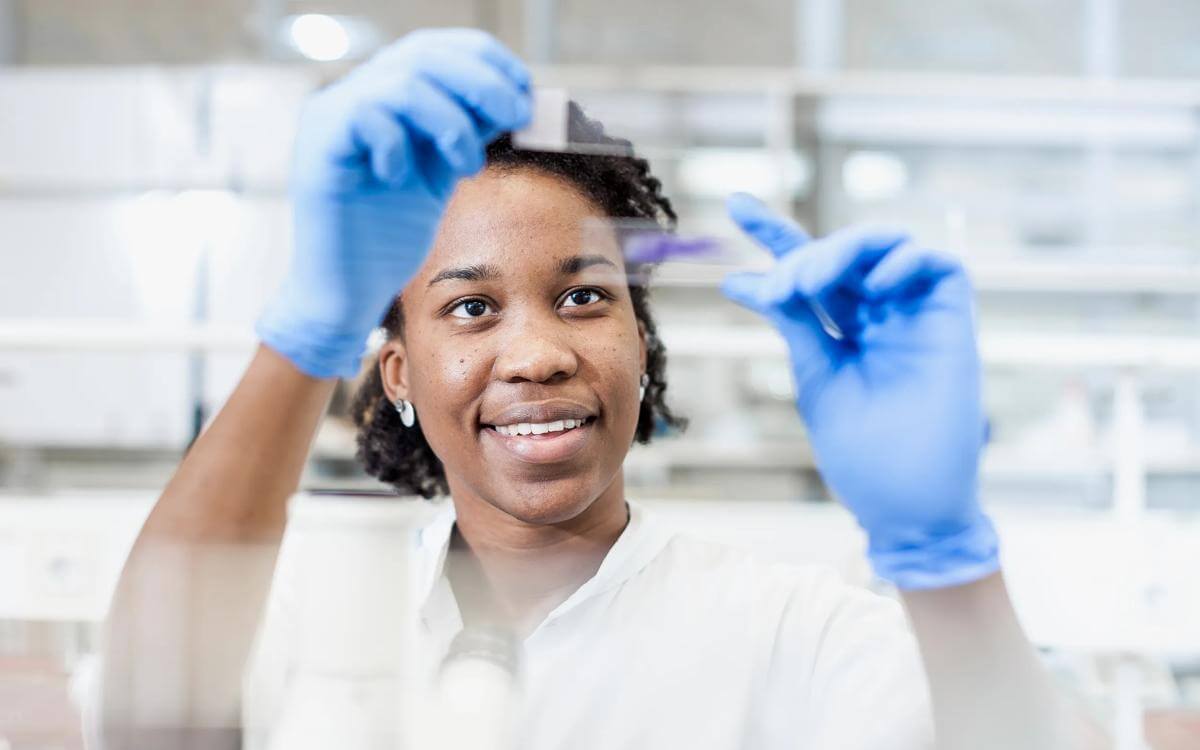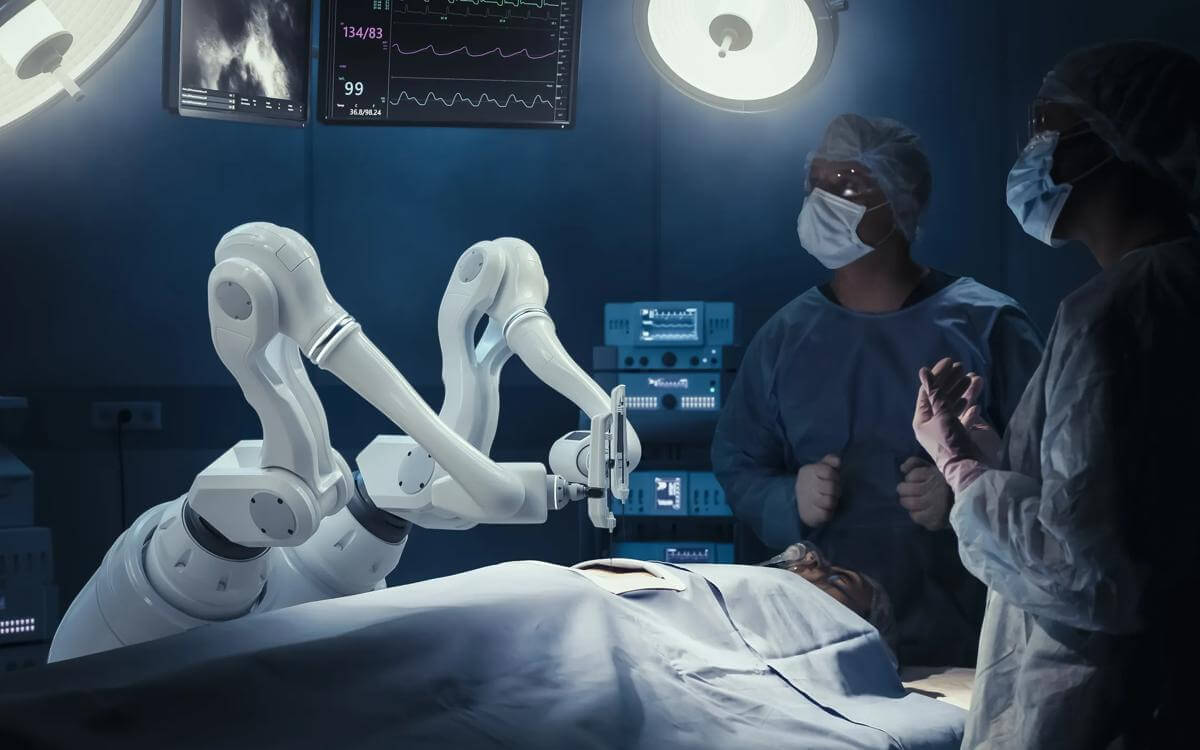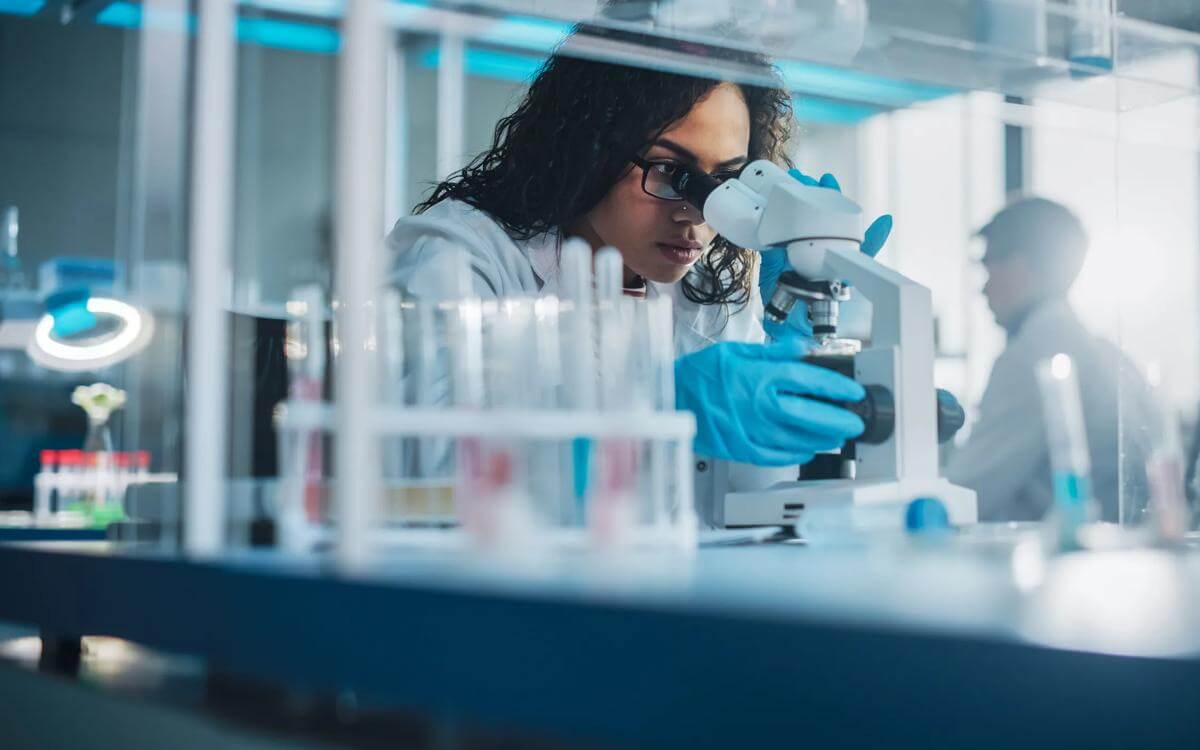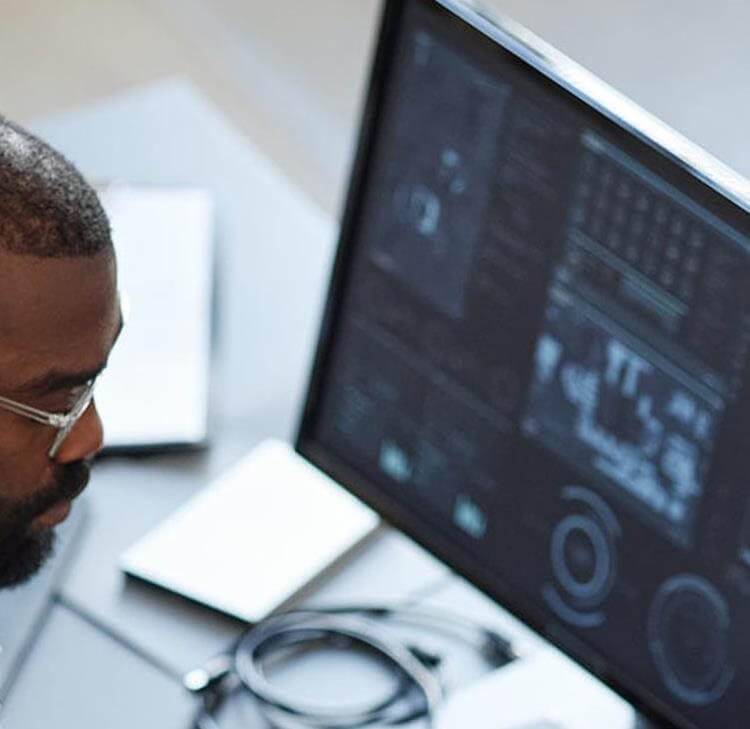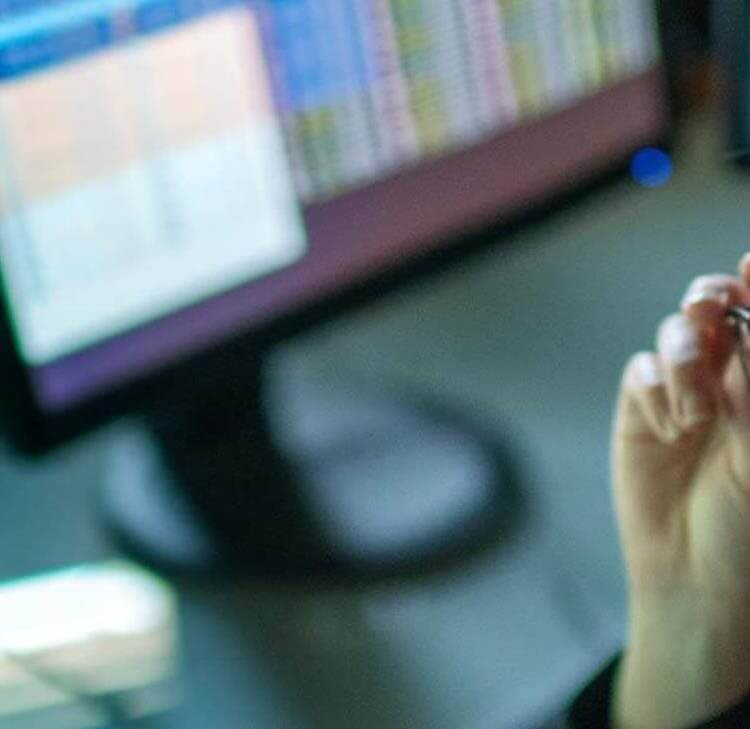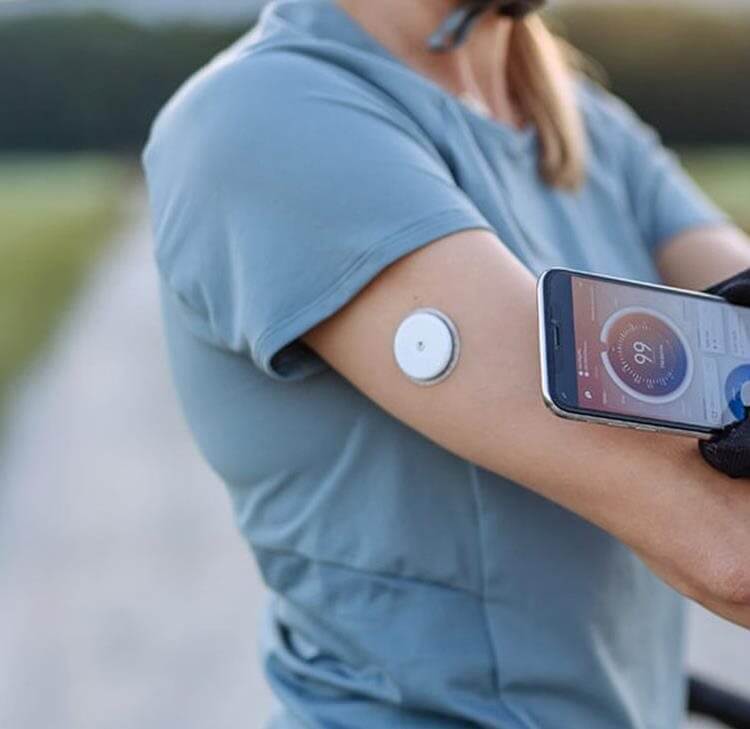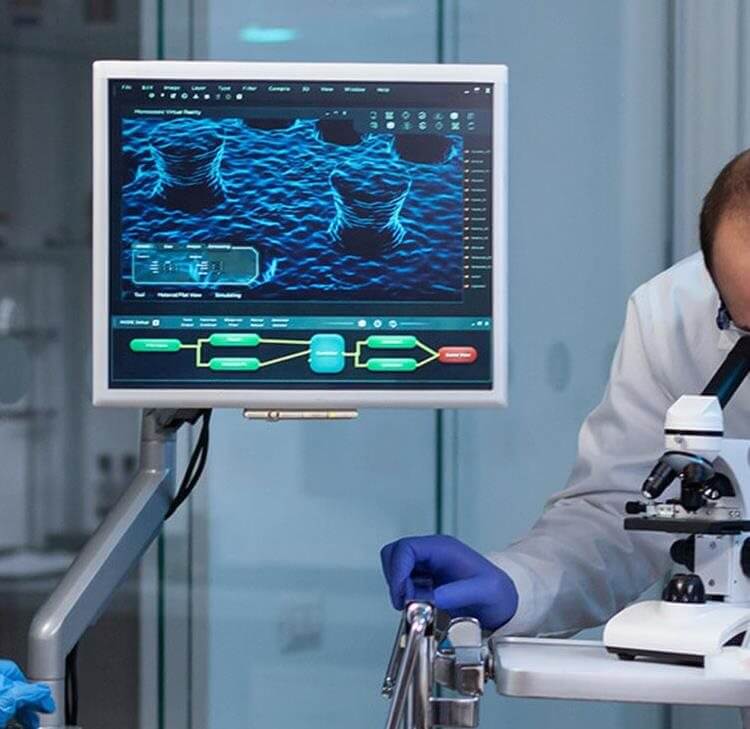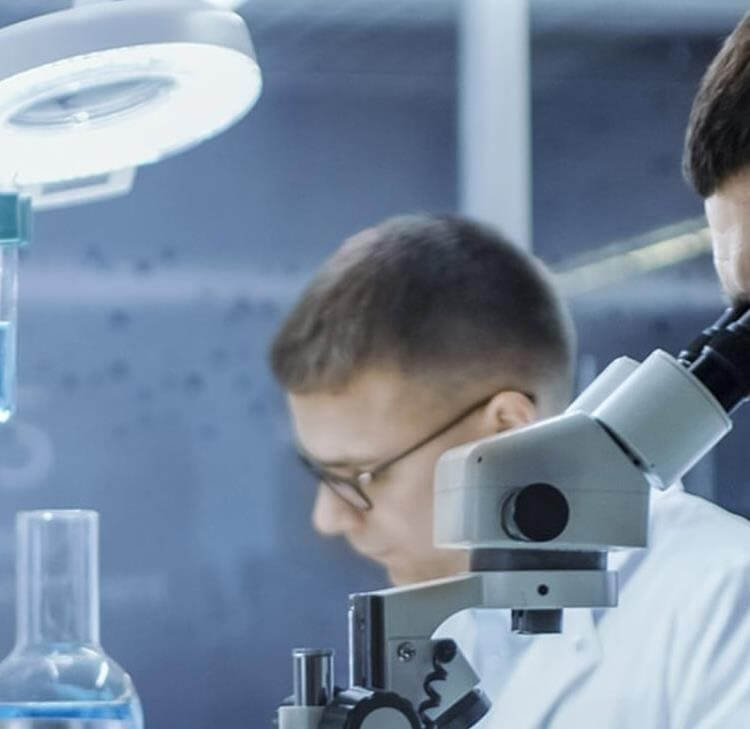As artificial intelligence (AI) becomes a central tool in drug discovery, the question of who owns the resulting innovations is far from settled.
With AI systems identifying novel compounds, predicting protein structures, and even designing clinical trial protocols, disputes over inventorship and ownership are intensifying. Courts in the UK, US, and EU have consistently ruled that AI cannot be named as an inventor - but that hasn’t stopped a wave of litigation over human contribution, inventorship attribution, and intellectual property (IP) entitlement.
For life sciences companies, this evolving landscape demands proactive legal strategies to safeguard patents, clarify ownership, and avoid costly disputes.
AI in drug discovery: From assistant to innovator
AI is no longer just a computational tool - it’s a creative force. Platforms like Insilico Medicine and DeepMind’s AlphaFold are accelerating drug discovery by identifying targets, designing molecules, and predicting efficacy. In some cases, AI systems have generated viable drug candidates in months, bypassing years of traditional R&D.
But as AI’s role expands, so does the legal complexity. If an algorithm designs a molecule, who is the inventor? Can a company claim ownership if no human made a direct intellectual contribution? These questions are now at the heart of a growing number of patent disputes.
Inventorship: The legal line in the sand
The UK Supreme Court’s ruling in the DABUS case (Thaler v Comptroller General of Patents) reaffirmed that inventors must be natural persons under the Patents Act 1977. Similar decisions in the US (Thaler v Vidal) and EU have echoed this stance2. AI systems, no matter how sophisticated, cannot be named as inventors.
However, this does not resolve the issue of who among the human contributors should be listed. When AI is used to generate a molecule, disputes may arise over:
- Whether the human input was sufficient to qualify as inventive
- Which team members contributed meaningfully to the invention
- Whether the AI’s output was merely a tool or a creative leap.
These questions are increasingly litigated, especially in collaborative environments involving pharma companies, tech firms, and academic institutions.
Ownership and entitlement
Beyond inventorship lies the thornier issue of ownership. If an AI system is developed by one entity but used by another to generate a molecule, who owns the resulting IP?
Key considerations include:
- Software licensing terms: Does the AI provider retain rights to outputs?
- Employment contracts: Are researchers’ contributions clearly assigned to the employer?
- Joint development agreements: Do they address AI-generated outputs explicitly?
Without clear contractual language, disputes can arise over entitlement to patent filings, royalties, and commercialisation rights.
“As AI becomes more autonomous, the line between tool and co-creator is blurring - raising novel questions about IP entitlement.”
Strategic considerations for life sciences companies
To mitigate litigation risk and protect innovation, companies should:
- Audit AI workflows: Identify where and how AI contributes to inventive steps
- Clarify inventorship criteria: Document human input and decision-making
- Review IP policies and contracts: Ensure they address AI-generated outputs
- Engage early with patent counsel: Especially when filing in multiple jurisdictions
- Monitor evolving guidance: Stay abreast of USPTO, EPO, and UKIPO positions on AI-assisted inventions.
The USPTO’s 2024 guidance, for example, emphasises that humans must make “significant contributions” to qualify as inventors - even if AI played a central role.
Looking ahead
As AI systems become more adaptive and autonomous, the legal framework will need to evolve. Some experts advocate for new categories of IP protection or recognition of AI-assisted inventorship. Others warn that relaxing inventorship rules could undermine the integrity of the patent system.
In the meantime, litigation is likely to increase - especially as AI-generated molecules move into clinical trials and commercialisation. Patent challenges, inventorship disputes, and ownership claims will become more common, particularly in high-value therapeutic areas.
“The future of drug discovery may be algorithmic - but the legal foundations must remain human.”
Conclusion
AI is revolutionising drug discovery - but it’s also reshaping the legal landscape. As courts reaffirm that inventors must be human, companies must navigate a complex web of ownership, contribution, and entitlement. The surge in IP litigation around AI-discovered molecules is a warning sign: innovation without legal clarity is a risk.
For life sciences leaders, the path forward lies in proactive governance, strategic contracting, and a clear-eyed view of what it means to invent in the age of artificial intelligence.



